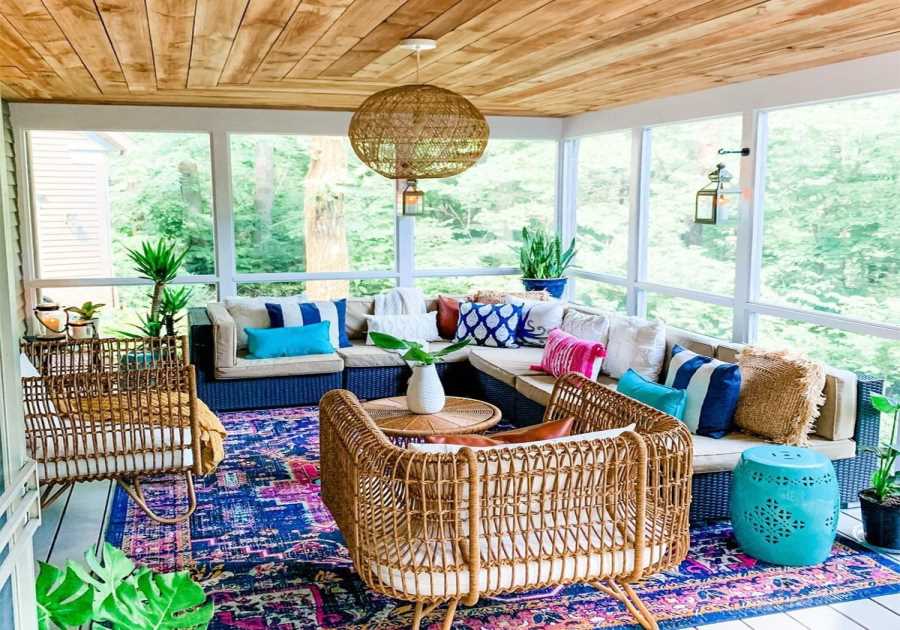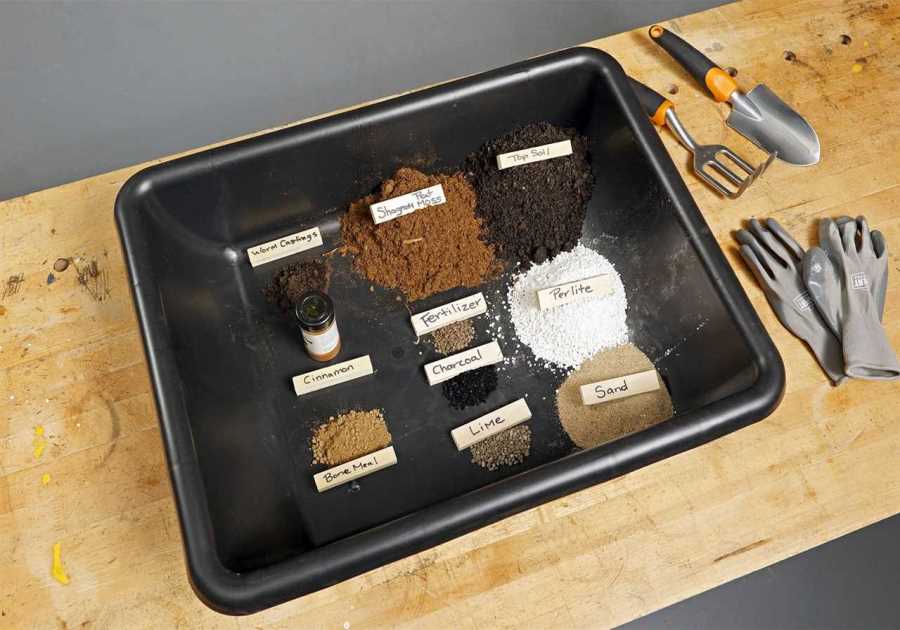
In my previous Sixty + Me blog about owning a second home as an investment or for income, I provided information about the costs involved. But what about the costs of simply living in a second home?
Costs for Both Owner and Renters
While renters and owners have some differing costs, they have some types of costs in common.
Upkeep on Two Homes
Adding a second home means double costs in areas such as mortgages, taxes, insurance, maintenance, and utilities.
You also need to maintain the primary home while you’re away. Suppose a water heater started leaking in your absence. This must be fixed quickly to avoid even higher water damage costs. You’ll also need to consider outdoor maintenance like lawn mowing and snow removal.
Travel
How do you plan to travel to and from your second home? Transportation costs, both time and money, need to be factored in.
Transportation
How will you get around at your second home? If you drive back and forth, you’ve got this covered. However, you could also ship your car to the second home. Shipping costs differ based on distance and service level. For example, shipping a mid-sized SUV from Detroit, MI, to Tampa, FL, could cost anywhere from $1,300 to $1,900. Your price will be on the lower end of the range if you have flexibility regarding pickup/drop-off dates. Prices will be higher if you’re less flexible on dates or ship in an enclosed carrier.
Another option is to purchase a vehicle at the second home location. However, you’ll face all the costs of owning a second vehicle plus you’ll need to store it when you’re gone.
Finally, if you plan to rent a vehicle at your second home, do your homework to find the best rates well in advance.
Comparing the costs of driving yourself, shipping, buying another car, or renting will help you decide which alternative best suits your situation.
Furnishing and Other Living Items
If you buy or rent a furnished home, acquiring furniture and decorating items is not an issue. However, if you do not already have everything from vacuum cleaners to kitchenware to electronics, you may still need to acquire them.
Main Home Sitters
While you’re away, it might make sense to arrange for a house sitter. In doing so, you’ll have peace of mind knowing your main house is secure, plants are watered and fish are fed. Some live-in house sitters will cost zero dollars if they can live there rent-free. Otherwise, you’ll need to do internet research or seek referrals from trusted sources to find a reliable sitter at a reasonable price.
Costs for a Rented Second Home
I covered the pros and cons of renting versus buying in another Sixty + Me blog, where I noted several of the second home rental costs. Monthly rental payments are the most obvious cost, but renters also have two other essential costs.
Up-Front Costs
Each time you’re in the market for a new rental, you’ll need to research properties and then meet the landlord’s qualifications. Costs can include application fees, credit reports, security deposits, first/last month’s rent and pet deposits.
Storage Unit
When your rental period ends and you plan to return next year, all your stuff must be hauled back to the primary residence or stored. Landlords sometimes provide storage options for long-term renters. If not, you’ll need to contract for storage space somewhere nearby.
Costs for an Owned Second Home
If the second home is not being used as an investment and income-generating asset, there are costs for simply owning a place to live.
Purchasing/Selling
There are expenses for real estate agent fees, closing costs, appraisal fees, etc.
It’s important to note that interest rates for second homes are typically higher than for primary home mortgages. There may also be higher down payment requirements. Learning as much as possible about your target location and working with an experienced local real estate agent could avoid many headaches. Getting pre-approved for a mortgage will also simplify things.
Taxes
Property taxes and any state or local taxes may arise from owning the second home, in addition to the taxes you’re already paying on your main home.
Mortgage interest on a second home can be deducted, assuming it meets the same rules for deductible interest as on your main home. There are rules on how much interest you can deduct, so refer to IRS and state publications for more information.
Utilities
Electricity, gas, telephone landline and internet will all be monthly second home costs.
Insurance
Homeowner insurance is a must and is contractually required if the property is mortgaged.
Maintenance
Regular maintenance of the second home’s interior and exterior preserves the property’s value.
HOA Fees
Many second homeowners buy in communities with a Homeowner Association (HOA). Monthly HOA fees vary based on the size of the overall property and the amenities offered.
Conclusion
Making the dream of a second home a reality starts with determining whether you can afford it. Carefully consider all the costs involved so you can choose the options that will work best for your unique situation.
Let’s Have a Conversation:
What costs do you consider when buying a property? What about renting? Do you look at pros and cons when it comes to possible costs? Which costs on your second property could you go without?
------------------------------------
By: Peter Keers
Title: Second Home: What Will It Cost?
Sourced From: sixtyandme.com/second-home-costs/
Published Date: Fri, 31 May 2024 20:41:00 +0000
Did you miss our previous article...
https://conservativedailytimes.com/lifestyle/100-summer-nail-designs
.png)





